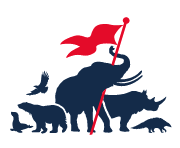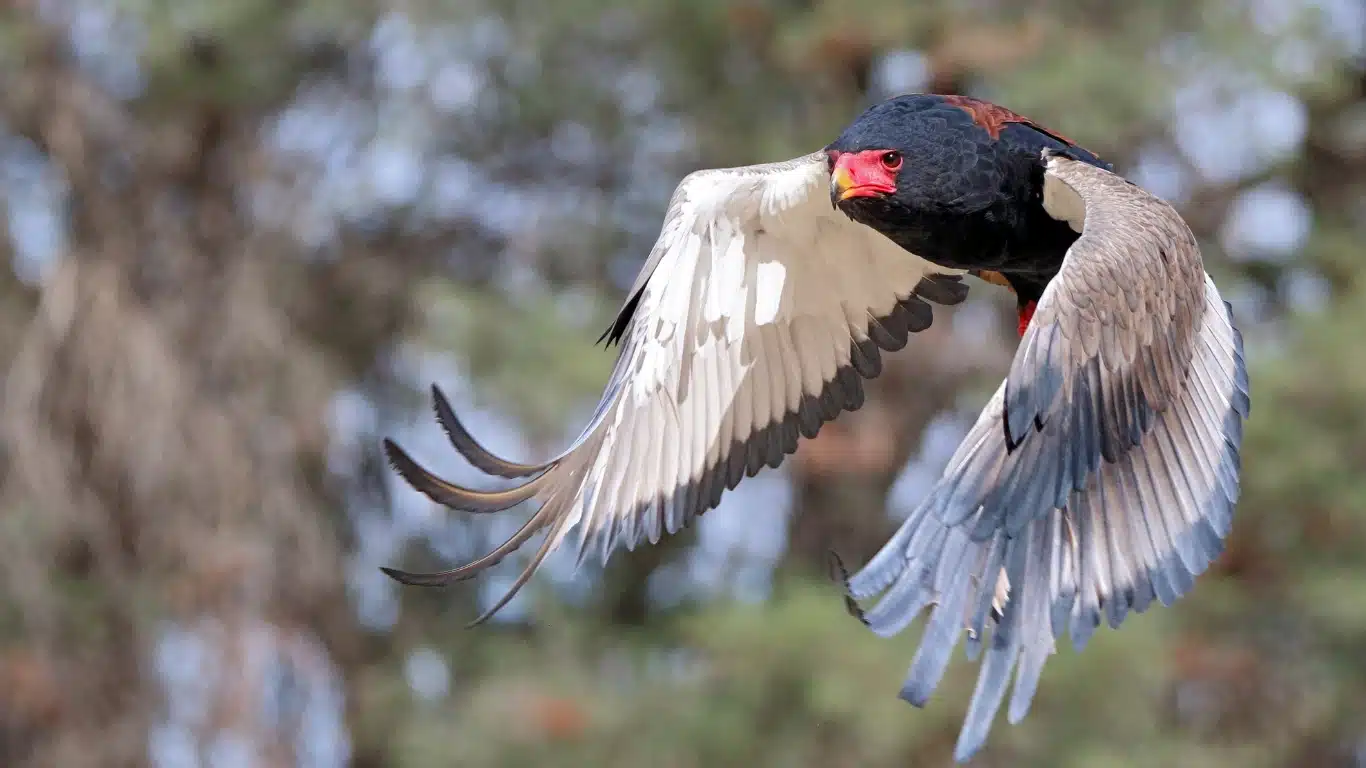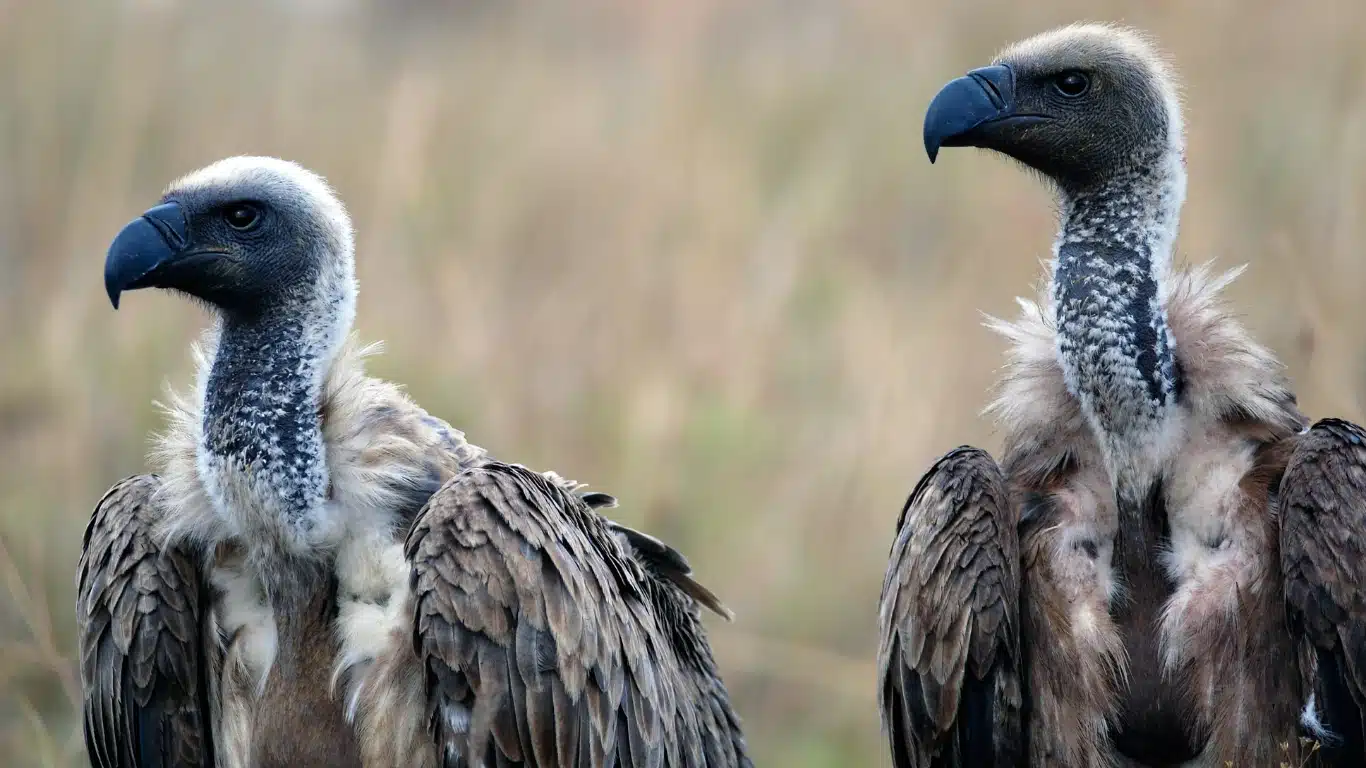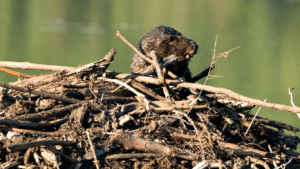Article written by Patrick Greenfield
Originally published by The Guardian (Thu, Jan 04, 2024)
Several species have vanished across swathes of the continent – and scientists say their disappearance holds unknown risks for humans
Africa’s birds of prey have experienced a widespread population collapse that risks unforeseen consequences for humans, according to a new study.
Tropical raptor species including the martial eagle, the bateleur and the dark chanting goshawk have vanished from swathes of the African continent over the past 40 years, new analysis shows, as many wild areas were converted to farmland. Several African birds of prey are on track to become locally extinct in many countries this century.
Published in the journal, Nature Ecology and Evolution, the new research used road surveys to find that nearly 90% of the 42 raptor species studied had experienced declines, with more than two-thirds showing evidence of being globally threatened.
Dr Phil Shaw, the study’s author at the University of St Andrews, said the disappearance of apex raptor species could have unintended consequences for humans, citing the example of the decline in Indian vultures that led to a rise in rabies cases in humans in the early 1990s.
The study found that the African birds of prey, many of which are big enough to hunt jackals and antelopes as well as snakes, rodents and smaller birds, were becoming increasingly dependent on protected areas such as national parks and reserves. While many populations of raptors also declined in protected areas, the fall was often significantly slower. The researchers cited the importance of a UN target to protect 30% of the Earth by the end of this decade for nature.
“We find that [while] protected areas do provide a good measure of protection, it’s still the case that raptors are declining within protected areas – quite steeply in some cases,” Shaw said. “In fact, we found 40% of those 42 species were declining inside of protected areas at rates that would classify them as being endangered. In effect, they have nowhere else to run.”
Shaw said a 2015 study of African vultures, which found many were critically endangered due to poisoning and persecution, was the inspiration for the wider research.
“We’ve looked at 42 species of raptors that also include the vulture species. We find that surprisingly, many of the larger raptors have been declining at an equally fast rate as the vultures,” he said.
The declines were most prominent in west Africa, according to the study, which they said was consistent with agricultural expansion and under-resourcing of protected areas. Shaw said there could be unforeseen consequences for places where raptors disappeared.
“In the case of the vultures, it’s fairly clear cut that they provide an ecosystem service by removing carcasses. We’ve seen what happened in India when they had a similar population crash for different reasons. It led to an increase in the number of feral dogs, particularly in built-up areas… That led to a huge increase among the human population of rabies, passed on by bites from the dogs,” he said.






